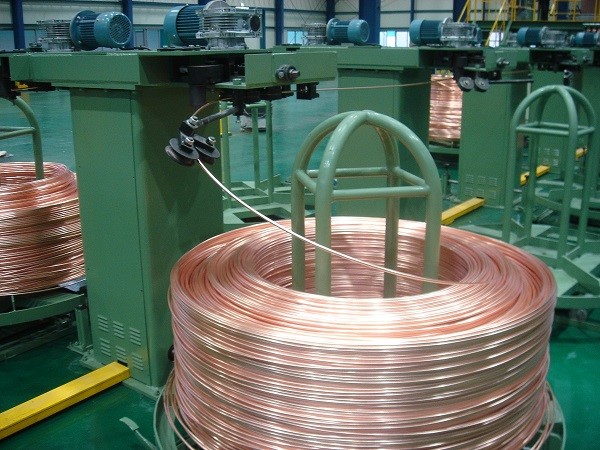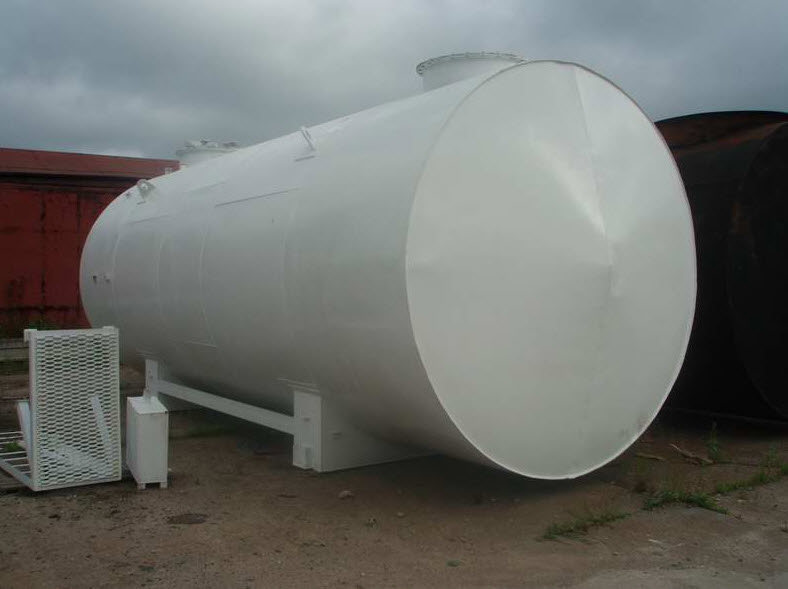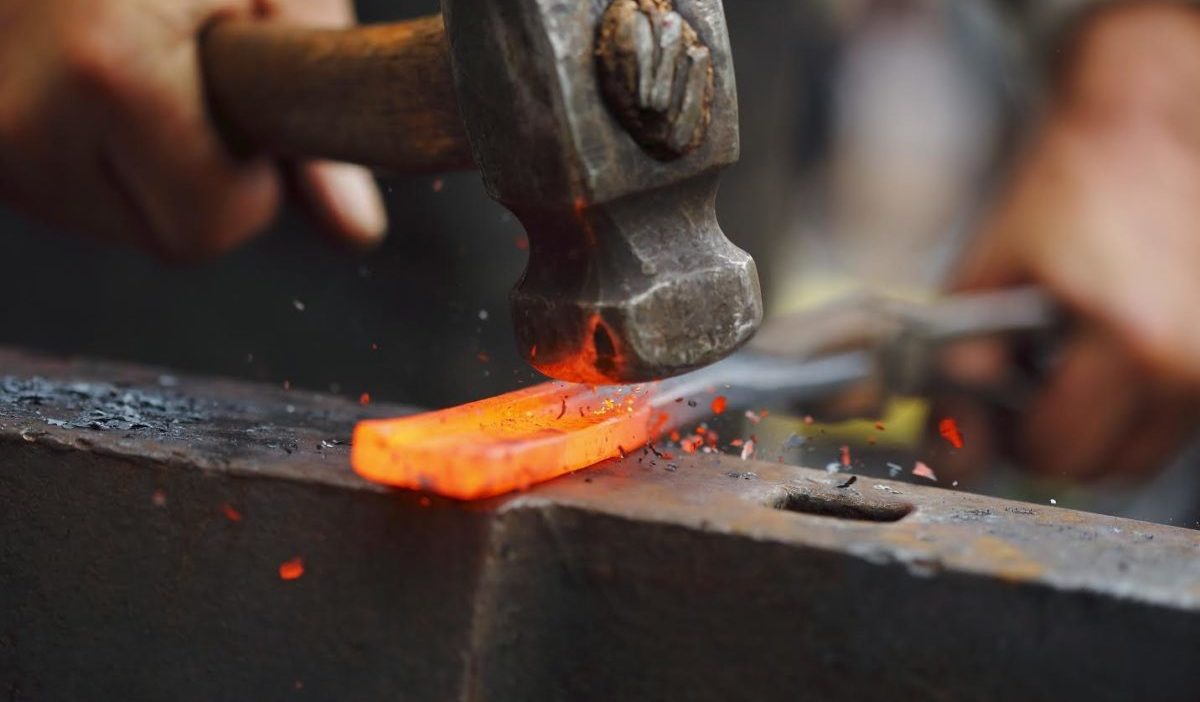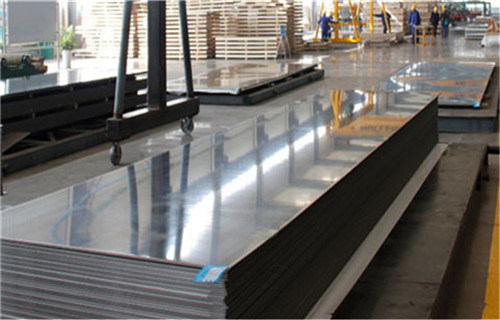Copper casting

The demand for copper metalworking, particularly casting, remains robust due to its extensive utilization in manufacturing machinery, industrial equipment components, as well as various blanks and spare parts across diverse fields. Copper boasts a range of distinctive properties:
- Corrosion resistance
- Conductivity
- Thermal conductivity
- Chemical resistance
- Strength at low temperatures
BP Group specializes in copper casting, employing state-of-the-art equipment to bring customer-provided drawings of any complexity to life.
Distinctive Aspects of Copper Casting Direct utilization of pure copper for casting is infrequent due to its limited fluidity in its liquid state and its propensity to absorb gases, thereby leading to the emergence of defects. The "A-Sintez" company employs a sophisticated approach involving the utilization of alloys M1, M2, and M3, containing copper content ranging from 99.5% to 99.9%.
The copper casting process commences with the meticulous preparation of molds or crucibles. The precision of geometric configurations in the final products hinges upon this pivotal stage. Additionally, artisans meticulously oversee the quantitative composition of the charge to avert the development of defects or compromise in physical and chemical attributes. Application of a specialized flux is imperative to shield the metal from exposure to air.
+39 035 236452
sale@triestepg.com
Trieste Procurement Group SRL
Via Sant'Alessandro, 24122 Bergamo (BG)



